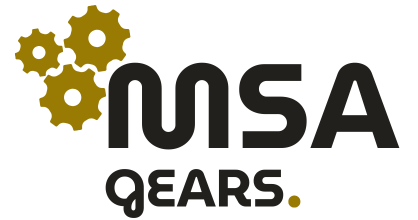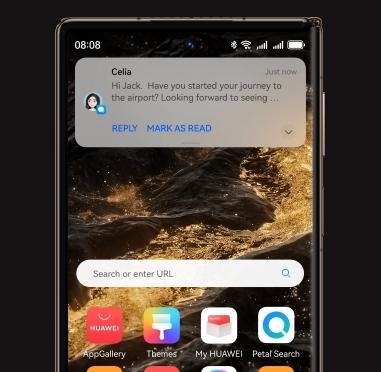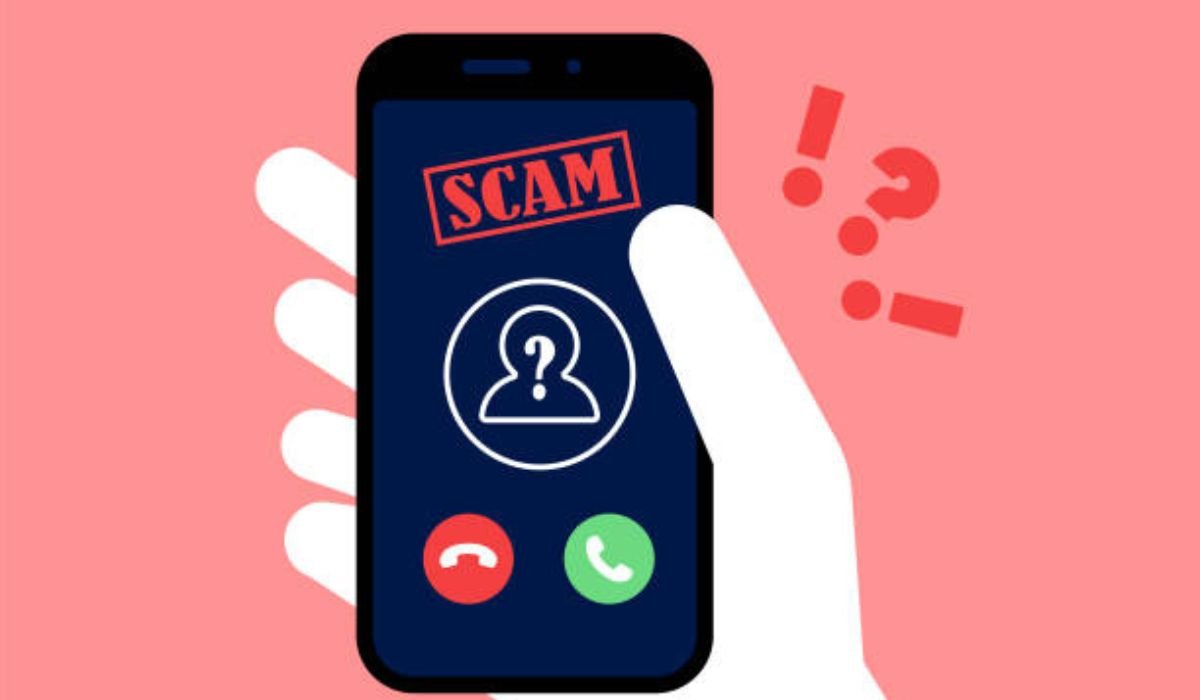Modern smartphones come with powerful app stores offering millions of applications, yet sometimes the exact app you need isn’t available. This frustrating situation occurs for various reasons – device incompatibility, or even temporary removals by developers. When you can’t find that must-have productivity tool, favorite game, or essential messaging app, it can disrupt your daily routine. In this article, we’ll explore six proven solutions to help you access unavailable apps safely and legally, ensuring you never miss out on important software.
1. Verify Device Compatibility Issues
Your smartphone’s technical specifications might prevent certain apps from appearing in your store. Developers set minimum requirements for RAM, processor type, screen resolution, and operating system version. Check the app’s official website for detailed requirements. Another consideration is operating system version – an outdated Android installation might block access to newer apps. Before assuming the app is unavailable, verify your device meets all technical prerequisites. Manufacturers often provide system update tools to ensure your phone stays current with the latest software standards and security patches.
2. Alternative Download Methods
Official Website APK/IPA Downloads
When an app doesn’t appear in your official store, the developer’s website often provides direct download options. Many reputable companies offer APK files or IPA files through their official portals. This method is particularly useful for Huawei device owners exploring how to download whatsapp on huawei without play store. Always download from the genuine developer site to avoid malware-infected copies. Before installing, enable “Unknown Sources” in your security settings (for Android), and remember to disable it afterward for security. Official website downloads typically receive regular updates, though you may need to manually check for newer versions rather than relying on automatic store updates.
Trusted Third-Party App Stores
Several well-established alternative app marketplaces maintain rigorous security standards while offering apps unavailable in mainstream stores. Huawei’s own AppGallery has grown significantly and now hosts many popular applications. Other reputable platforms like APKMirror verify app authenticity through cryptographic signatures matching the original developer’s. When using third-party stores, research their security protocols, check user reviews, and verify they have mechanisms to detect and remove malicious software. These platforms often specialize in regional apps or software that mainstream stores have temporarily removed for policy compliance rather than security concerns.
3. Try Web-Based or Progressive Web App (PWA) Versions
Many services now offer fully functional web versions that rival native apps. Progressive Web Apps (PWAs) provide app-like experiences directly through your browser, with features like offline functionality and push notifications. To use these, simply visit the service’s website and look for an “Install” option in your browser menu. PWAs are particularly useful when dealing with unavailable banking apps or productivity tools, as they don’t require store approval. They’re also storage-friendly, often taking up less space than traditional apps. Major browsers now support PWA installation, creating home screen icons that launch the web app in a streamlined window without browser chrome. This approach works exceptionally well for news, social media, and many productivity applications.
4. Contact the Developer Directly
When other methods fail, reaching out to the app’s creators can yield solutions. Developers often appreciate user feedback about availability issues and may provide timeline estimates for regional expansion. Contact forms on official websites or verified social media accounts are the best channels. Some companies maintain beta testing programs or early access lists you can join. Developers might also suggest alternative distribution methods or comparable apps they recommend. This direct communication sometimes reveals that an app is temporarily removed for updates rather than permanently unavailable, saving you from unnecessary workarounds.
5. Discover Equivalent Alternative Apps
The app ecosystem constantly evolves, with multiple developers often creating similar solutions. If your preferred app remains inaccessible, research alternatives with comparable features. App recommendation sites and store “similar apps” sections help identify substitutes. When evaluating alternatives, check recent reviews for performance and security feedback. Open-source alternatives often provide comparable functionality. Before fully committing to a new app, test its core features to ensure it meets your needs.
Conclusion
While app unavailability can be frustrating, numerous safe solutions exist between giving up and resorting to risky methods. Always prioritize official distribution channels and verified alternatives to protect your device and data. When possible, wait for official releases rather than compromising security. With these five approaches—from checking geo-restrictions to exploring PWAs and alternatives—you can solve most app availability issues while maintaining your device’s security and performance. By staying informed and cautious, you ensure a smarter, safer mobile experience no matter where or how you access your favorite apps.
READ ALSO: How Localization Markets Your Mobile App?











